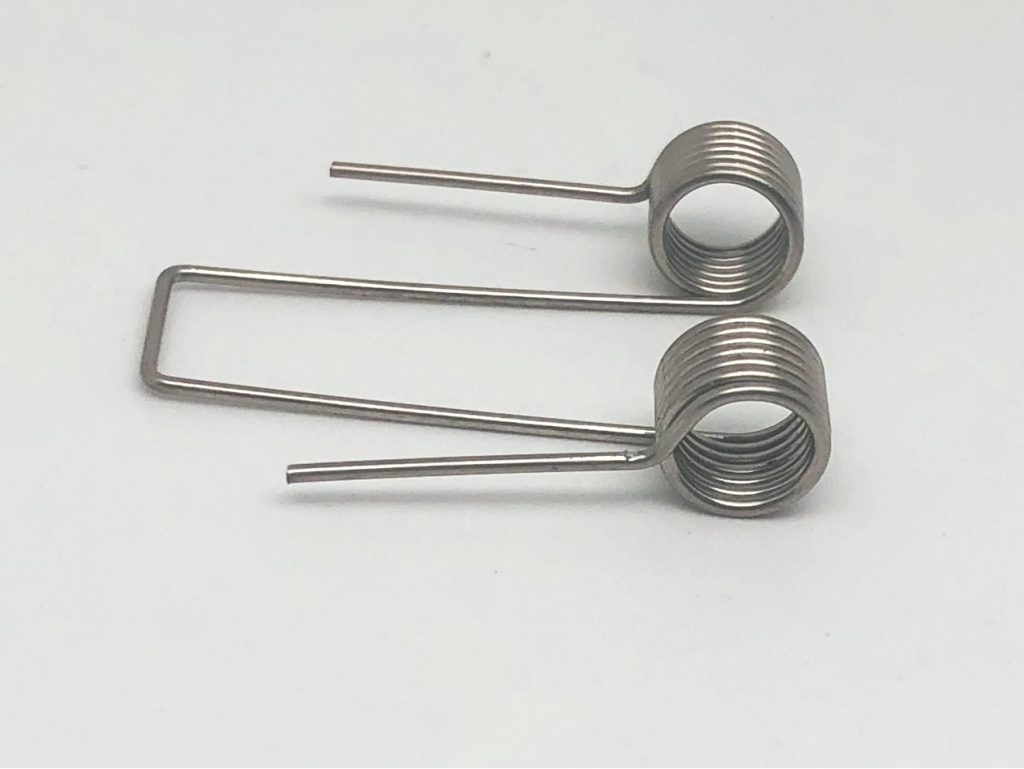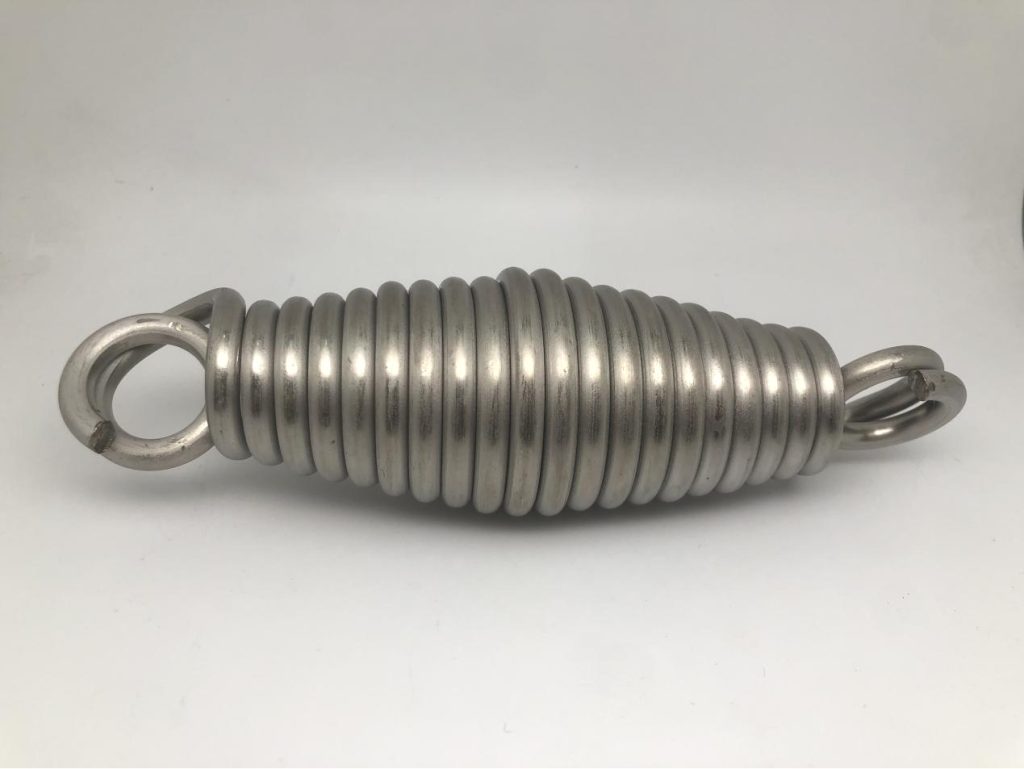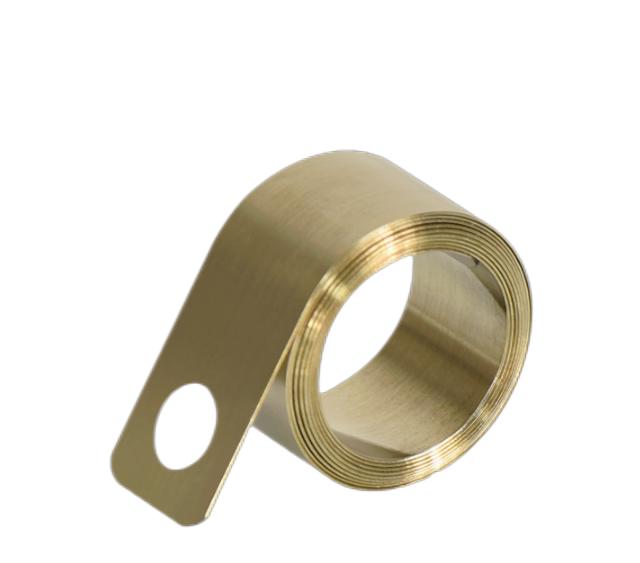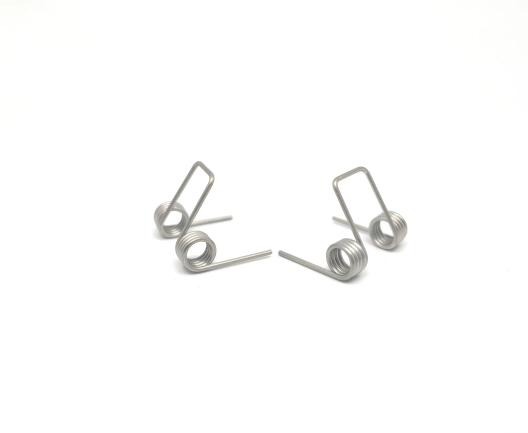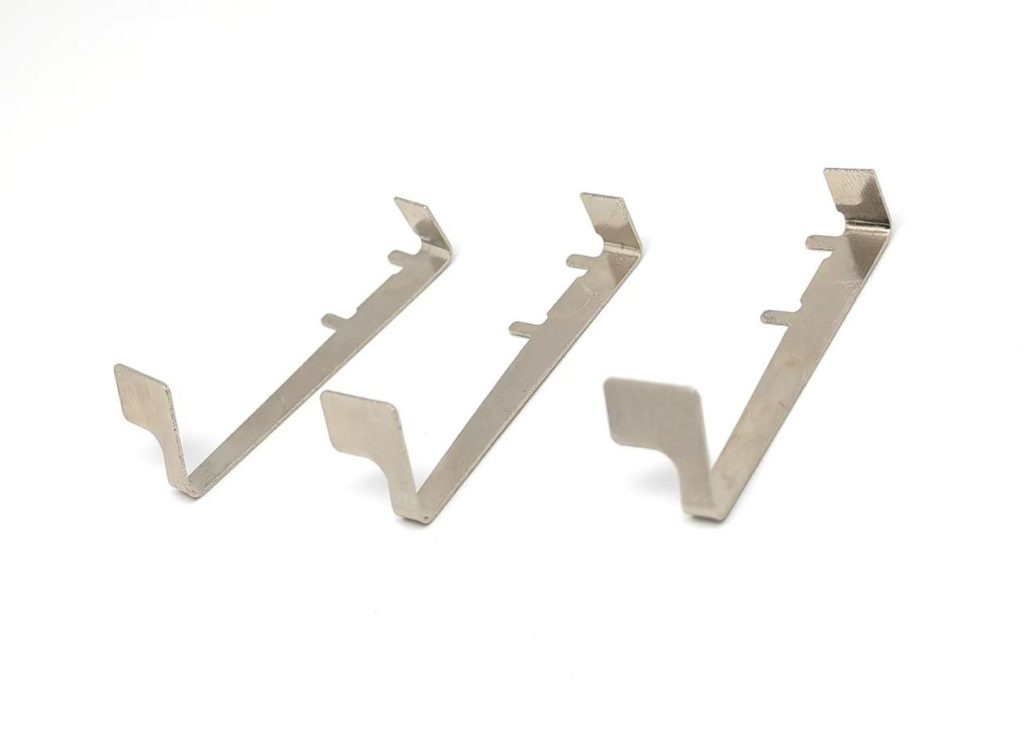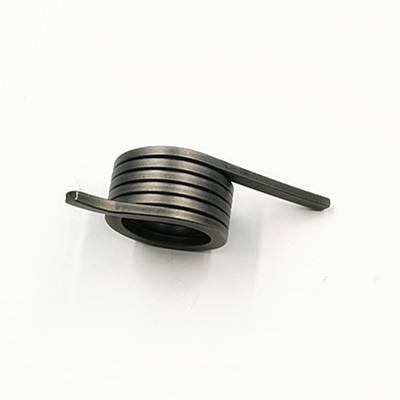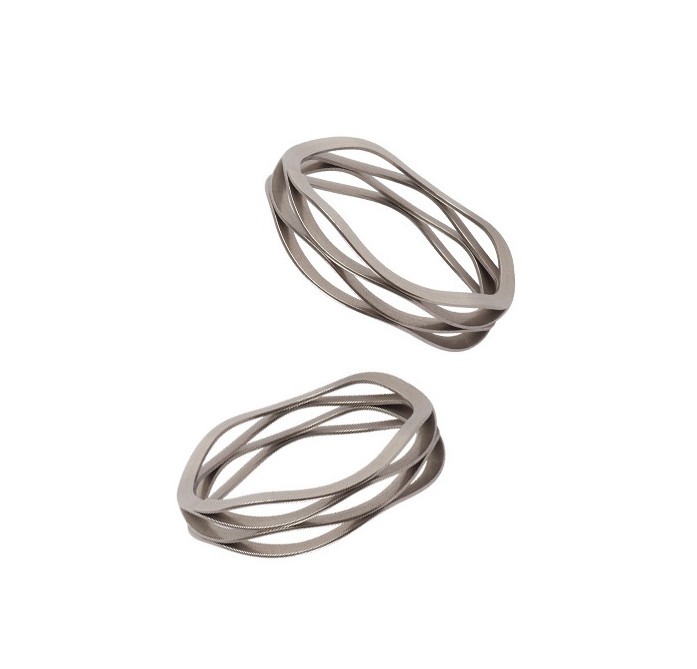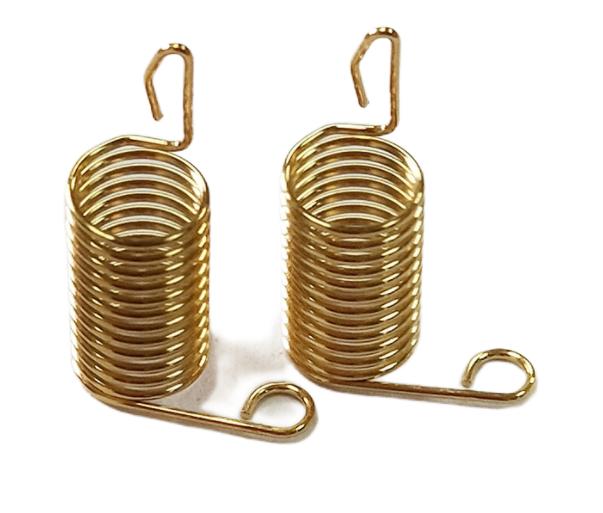How to Install Torsion Spring Properly?
Torsion springs are essential components found in a wide range of mechanical systems, including garage doors, industrial machinery, and car suspensions. When twisted, these springs collect and release energy, generating crucial mechanical force and assisting movement. Torsion springs are available in a variety of sizes, wire diameters, and coil designs. Torsion spring installation is critical for best performance, longevity, and safety.
To choose the proper spring for your application, become acquainted with the different types of torsion springs available, as well as their specifications. Understanding the fundamentals of torsion spring design and function will allow you to make informed selections throughout the installation.
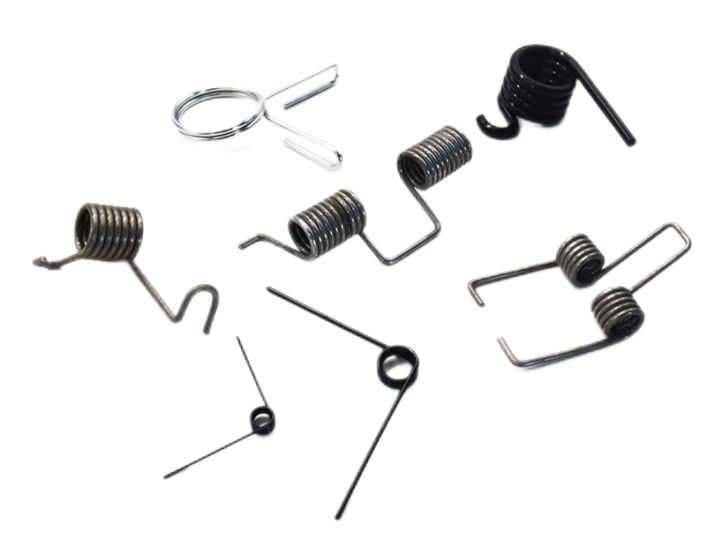
In this article, we will explore the detailed process of how to install torsion springs. We will cover the necessary tools, safety precautions, and detailed instructions to ensure a successful installation, providing you with valuable insights into the proper installation of torsion springs.
Preparations for Proper Torsion Spring Installation
Torsion spring installation requires careful planning and preparation. Before beginning the installation process, acquire all of the necessary tools and safety equipment. A winding bar, vise grips, safety glasses, gloves, a tape measure, a level, a ladder, and a wrench are examples of such tools. Making sure you have the right equipment and protective gear will help you finish the installation safely and swiftly.
Begin by cleaning the area around the spring of any impediments or rubbish. Disconnect any power sources to prevent the system from being accidentally activated during installation. Additionally, study the manufacturer’s instructions and become acquainted with your torsion spring’s specific installation requirements.
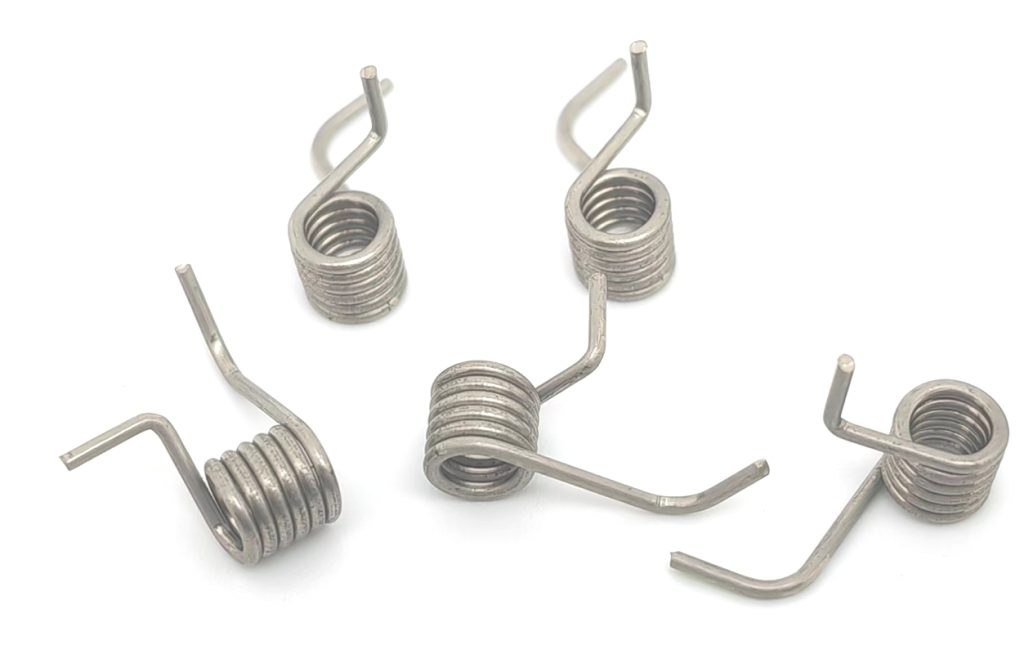
Measuring and Calculating Spring Specifications for Proper Torsion Spring Installation
To choose the right torsion spring for your application, precise measurements are required. Measure the spring shaft’s inner and outer diameters, as well as the length and wire diameter of the spring coils. These measurements will assist you in calculating the appropriate spring specifications and ensuring system compatibility.
Removing the Existing Spring for Proper Torsion Spring Installation
If you are replacing an existing torsion spring, carefully remove the old spring according to the manufacturer’s recommendations. To avoid injuries, exercise caution and utilize protective clothing. Take note of the spring’s setup and how it is connected to the system since this will help you install the replacement spring.
Proper New Torsion Spring Installation
To install a new torsion spring, first place it on the torsion shaft. Ascertain that the spring is centered and appropriately aligned. Next, wound the spring onto the shaft with winding bars, following the manufacturer’s winding pattern. Maintain a tight grip on the winding bar and exercise caution to avoid unexpected tension releases.
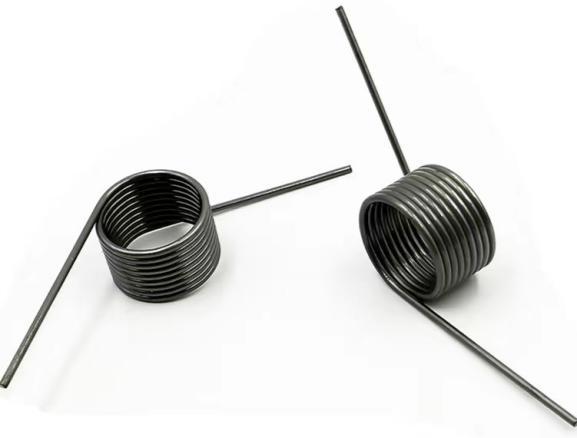
Adjusting Tension for Proper Torsion Spring Installation
To achieve ideal performance and balance, the tension of the torsion spring must be adjusted. Proper tension ensures that the system runs properly and that excessive wear and tear is avoided. To adjust the tension appropriately, use caution and follow the manufacturer’s instructions. To obtain the proper balance, winding bar turns may be added or removed.
Checks and Maintenance After Torsion Spring Installation
Conduct a thorough inspection of the complete system after installation. Look for indicators of misalignment, balance problems, or unusual sounds. Lubricate the moving parts according to the manufacturer’s instructions to ensure smooth functioning. Regular maintenance is required to extend the life of the torsion spring and keep it functional.
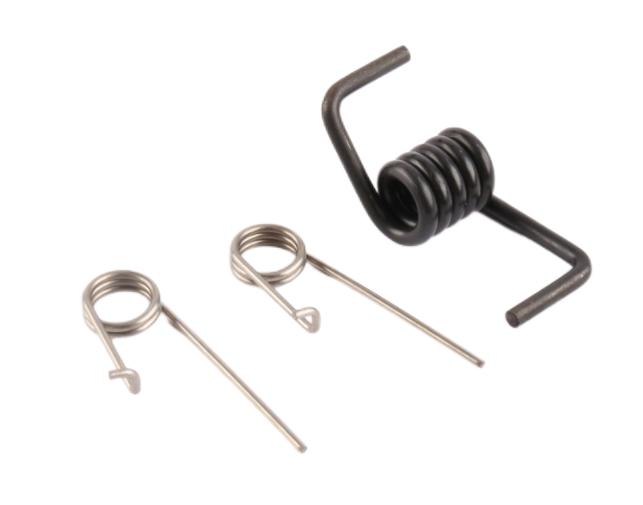
Troubleshooting Common Issues of Torsion Spring Installation
If you have concerns with your torsion spring installation, it is beneficial to understand typical problems and potential solutions. This section contains troubleshooting information for issues such as unequal tension, spring fatigue, and noisy operation. Remember to use caution and seek professional advice if you are unsure about any corrective measures.
Summary
Torsion spring installation properly is critical to ensuring the smooth and safe operation of mechanical systems. Remember that if you run into any problems or have any doubts throughout the installation procedure, you should always seek the advice of a skilled specialist. By putting safety and precision first, you may reap the benefits of a properly installed torsion spring that provides ideal performance and lifetime.

